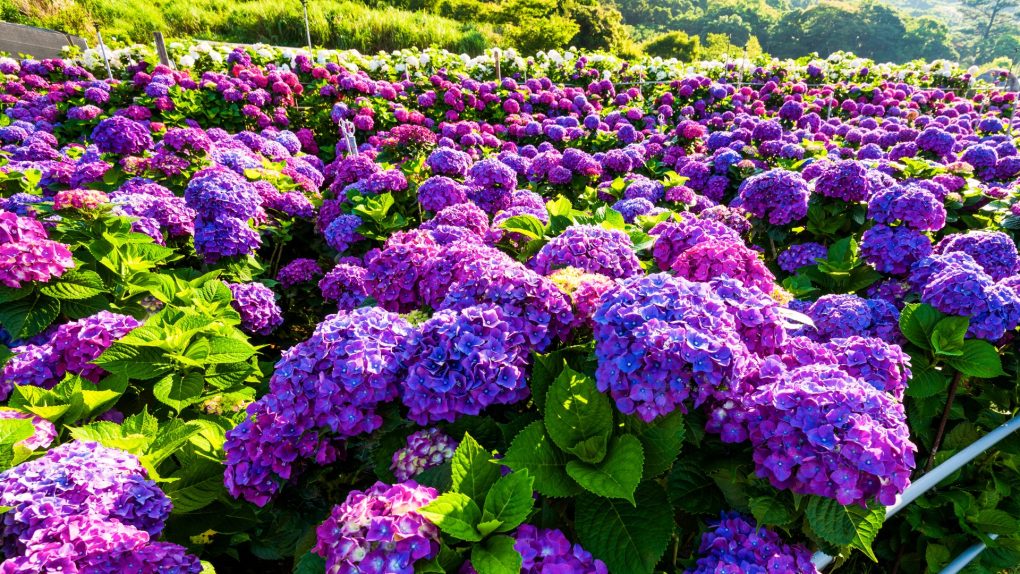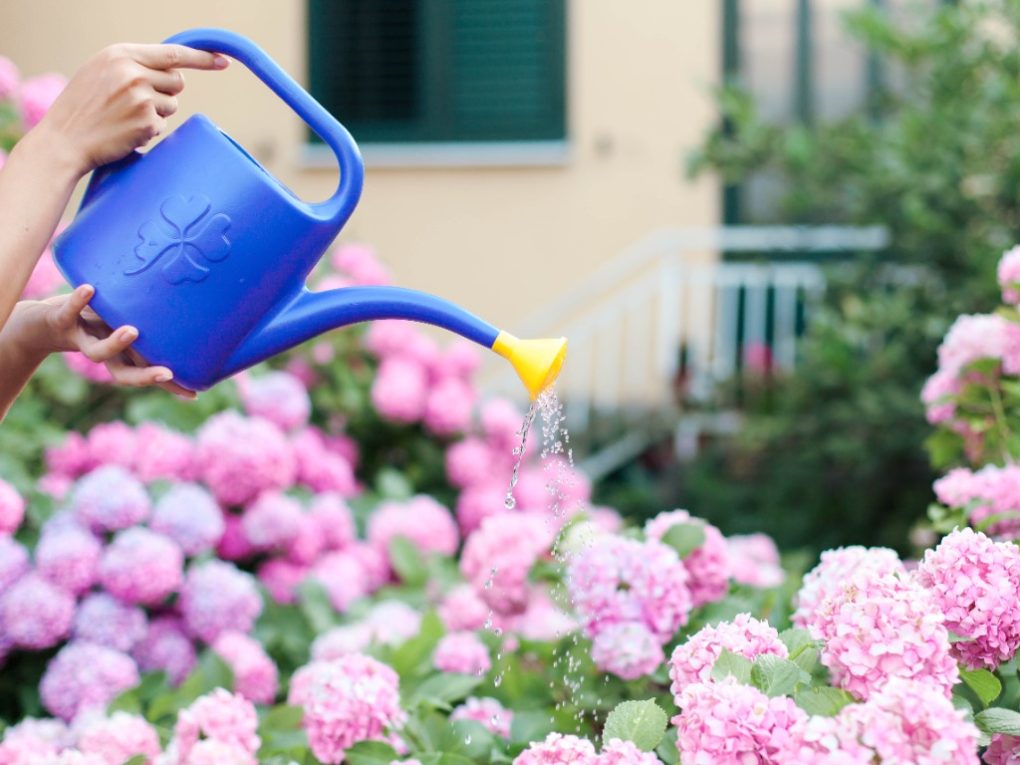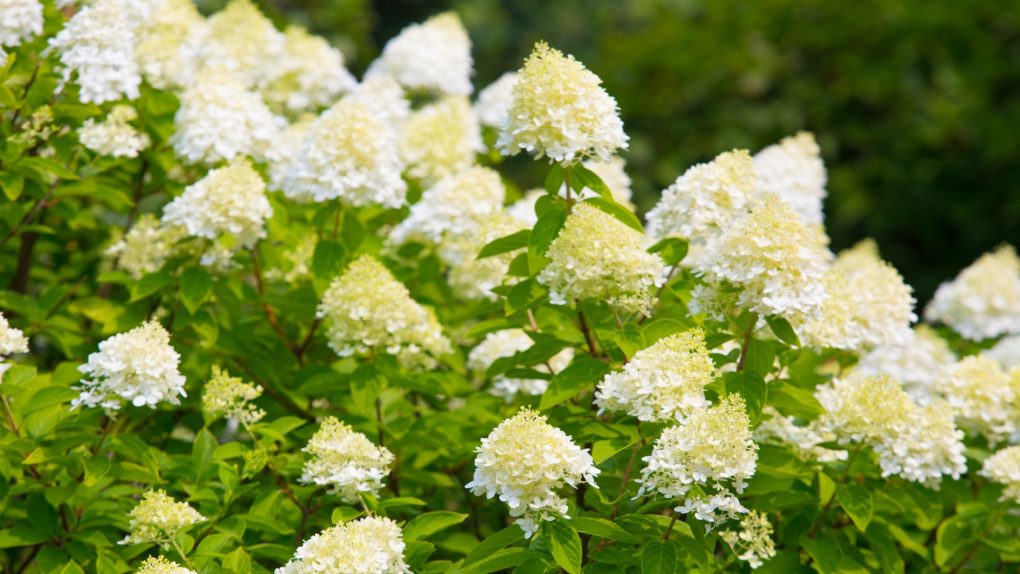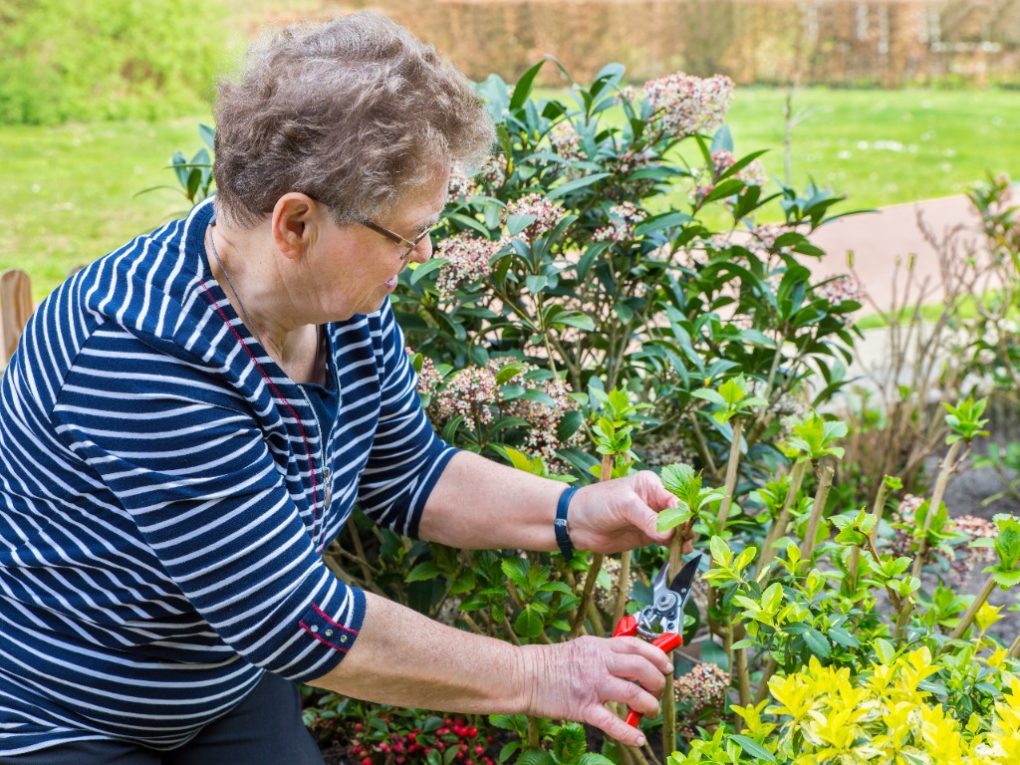Are Hydrangea Hardy? A Guide to Their Cold Tolerance
Hydrangeas are popular for gardeners and landscapers due to their beautiful blooms and versatility. However, one question often arises is whether hydrangeas are hardy enough to withstand different climates and growing conditions.

Whether hydrangeas are hardy depends on the specific variety and the climate in which they are grown. Most hydrangeas are hardy in USDA zones 3-7, but some can survive until zone 9. Additionally, some varieties may do better in colder climates or the shade.
To ensure that hydrangeas thrive in their growing conditions, it is important to plant them in well-draining soil with plenty of organic matter. Providing adequate water and sunlight is also crucial for their growth and survival. Hydrangeas can be a beautiful addition to any garden or landscape with proper care.
Table of Contents
Hardiness Zones
Understanding Hardiness Zones
Hardiness zones are a way of categorizing areas based on their minimum average temperature. For example, the United States Department of Agriculture (USDA) developed a map of hardiness zones that divides the country into 13 zones based on the average annual minimum temperature. The map is useful for gardeners because it helps them choose plants likely to survive.
Hydrangeas are generally hardy in USDA hardiness zones 5 to 9. However, some hydrangea species are more cold-hardy and can survive in zones 3 and 4. Therefore, choosing the right hydrangea for your zone is important, as planting a hydrangea that is not suited for your area can result in poor growth or even death of the plant.
Hydrangeas and Hardiness Zones
When choosing a hydrangea for your garden, it is important to consider your hardiness zone. For example, suppose you live in a colder zone. In that case, you should choose a hydrangea species that is more cold-tolerant, such as the panicle hydrangea (Hydrangea paniculata) or the smooth hydrangea (Hydrangea arborescens). These species are hardy down to zone 3 and can survive in temperatures as low as -35 degrees Fahrenheit.
If you live in a warmer zone, you can choose from a wider variety of hydrangea species, including the bigleaf hydrangea (Hydrangea macrophylla) and the oakleaf hydrangea (Hydrangea quercifolia). These species are hardy down to zone 6 and can survive in temperatures as low as -10 degrees Fahrenheit.
It is important to note that even if a hydrangea is rated for your zone, it may still struggle in extreme weather conditions. For example, a hydrangea rated for zone 5 may not survive a particularly harsh winter with temperatures below -20 degrees Fahrenheit. However, providing some winter protection for your hydrangeas is always a good idea, such as mulching around the base of the plant or covering it with burlap.
In conclusion, understanding hardiness zones is important when choosing a hydrangea for your garden. Choosing a hydrangea suited for your zone ensures it will thrive and provide beautiful blooms for years.
Factors Affecting Hydrangea Hardiness
Climate
Hydrangeas are hardy plants that can grow in a variety of climates. However, the specific type of hydrangea will determine its hardiness. For example, the bigleaf hydrangea (Hydrangea macrophylla) is hardy in USDA zones 6-9, while the panicle hydrangea (Hydrangea paniculata) is hardy in zones 3-8. Therefore, choosing a hydrangea species suitable for the climate in which it will be grown is important.
Soil Type
The soil type in which a hydrangea is planted can also affect its hardiness. Hydrangeas prefer well-draining soil that is rich in organic matter. Too heavy or compacted soil can lead to poor drainage, which can cause root rot and other problems. Additionally, too alkaline or acidic soil can affect the plant’s ability to absorb nutrients, impacting its overall health and hardiness.
Watering
Hydrangeas require regular watering to maintain their hardiness. However, overwatering can be just as damaging as underwatering. It is important to water hydrangeas deeply and infrequently, rather than giving them frequent shallow waterings. This will encourage deep root growth and help the plant withstand drought. Additionally, it is important to avoid getting water on the leaves, as this can lead to fungal diseases that can weaken the plant.

Sunlight
The amount of sunlight a hydrangea receives can also affect its hardiness. Most hydrangeas prefer partial shade, as too much direct sunlight can cause leaf scorch and other problems. However, some species, such as the panicle hydrangea, can tolerate full sun. Therefore, choosing a planting location that provides the right amount of sunlight for the specific type of hydrangea being grown is important.
In conclusion, several factors can affect the hardiness of hydrangeas, including climate, soil type, watering, and sunlight. By choosing the right species, providing well-draining soil, watering correctly, and providing the right amount of sunlight, gardeners can help ensure that their hydrangeas remain healthy and hardy.
Hydrangea Varieties and Their Hardiness
Hydrangeas are popular for gardeners due to their beautiful blooms and easy maintenance. However, not all hydrangea varieties are equally hardy. This section will explore the various types of hydrangeas and their hardiness.
Bigleaf Hydrangeas
Bigleaf hydrangeas, or mophead or French hydrangeas, are the most common hydrangea. They are known for their large, round flower heads in shades of pink, blue, and purple. Bigleaf hydrangeas are hardy in USDA zones 6-9, making them a good choice for gardeners in milder climates.
Panicle Hydrangeas
Panicle hydrangeas, called peegee hydrangeas, are a hardier variety than bigleaf hydrangeas. They have cone-shaped flower heads that start white and turn pink as they mature. Panicle hydrangeas are hardy in USDA zones 3-8, making them a good choice for gardeners in colder climates.

Smooth Hydrangeas
Smooth hydrangeas, also known as Annabelle hydrangeas, are a hardy variety that can tolerate colder temperatures than other hydrangea varieties. They have large, round flower heads that start white and turn green as they mature. Smooth hydrangeas are hardy in USDA zones 3-9, making them a good choice for gardeners in various climates.
Oakleaf Hydrangeas
Oakleaf hydrangeas are known for their large, lobed leaves that turn red in the fall. They have cone-shaped flower heads that start white and turn pink as they mature. Oakleaf hydrangeas are hardy in USDA zones 5-9, making them a good choice for gardeners in milder climates.
Climbing Hydrangeas
Climbing hydrangeas are a hardy variety that can grow up to 80 feet tall. They have small, white flower heads that bloom in early summer. Climbing hydrangeas are hardy in USDA zones 4-8, making them a good choice for gardeners in milder to colder climates.
In summary, hydrangeas come in various types, each with unique characteristics and hardiness levels. When choosing a hydrangea variety for your garden, it is important to consider your climate and growing conditions to ensure the best chance of success.
Protecting Hydrangeas in Winter
Hydrangeas are hardy plants that can withstand different weather conditions. However, they still need protection during winter to ensure they come back strong in the spring. Here are some methods to protect hydrangeas in winter.
Mulching
Mulching is an excellent way to protect hydrangeas from the cold. It helps to insulate the roots and retain moisture. A thick layer of mulch around the base of the plant can protect the crown and roots from freezing temperatures. Using organic mulch like straw, leaves, or pine needles is best. Avoid using plastic or other synthetic materials as they can trap moisture and cause mold or rot.
Wrapping
Wrapping hydrangeas can protect them from harsh winter winds and frost. It’s essential to wrap them correctly to avoid damaging the plant. Start by tying the branches together with twine to keep them compact. Then wrap burlap or frost cloth around the plant, covering it entirely. Secure the wrapping with twine or clothespins. Removing the wrapping in the spring when the weather warms up is best.
Pruning
Pruning hydrangeas can also help protect them during winter. It’s best to prune them in late winter or early spring before new growth. Pruning can remove dead or damaged branches and improve the plant’s health. Knowing the type of hydrangea you have before pruning is important, as they have different pruning requirements.

In conclusion, hydrangeas are hardy plants that can withstand different weather conditions. However, they still need protection during winter to ensure they come back strong in the spring. Mulching, wrapping, and pruning are some methods to protect hydrangeas in winter.
